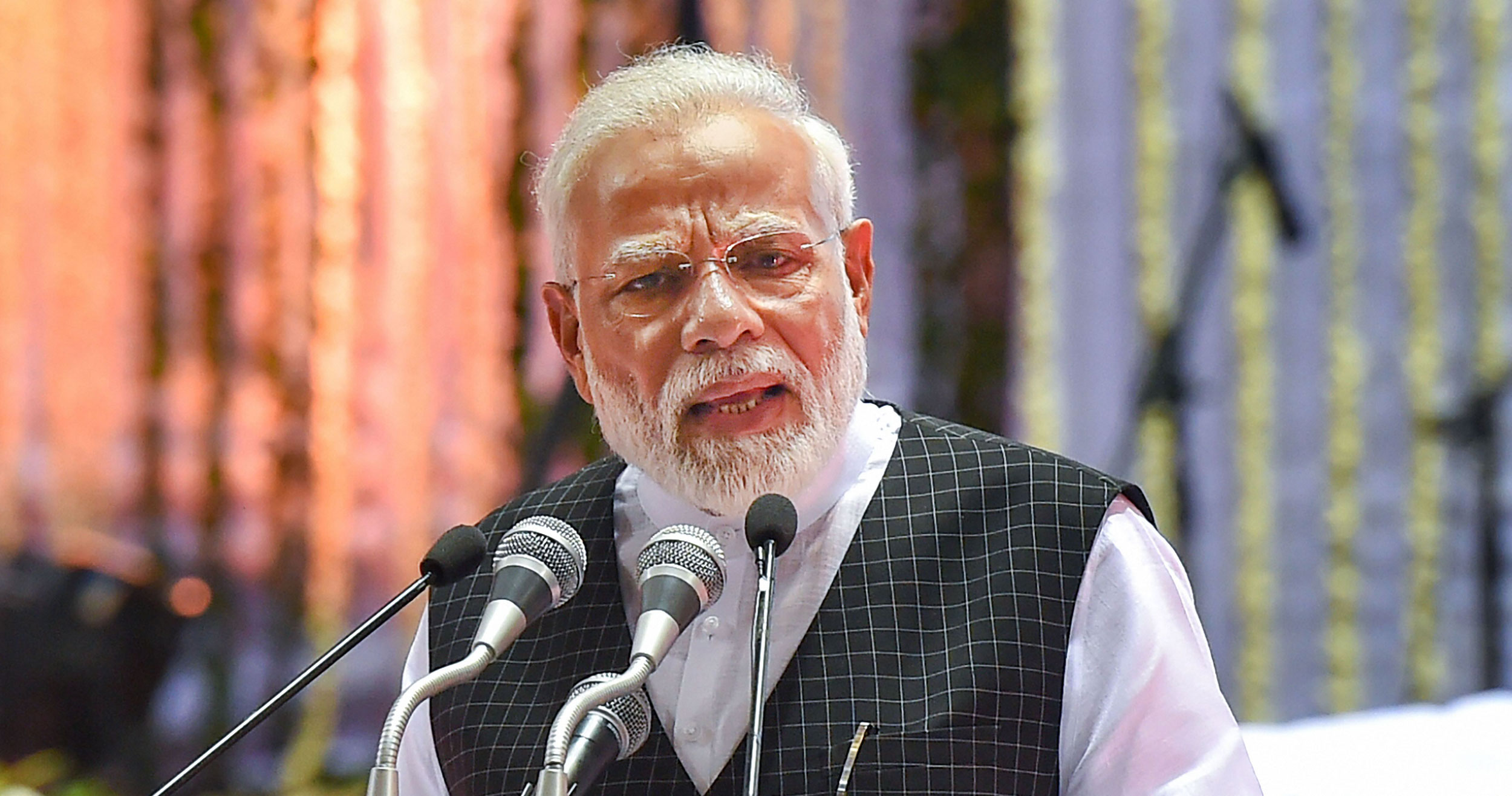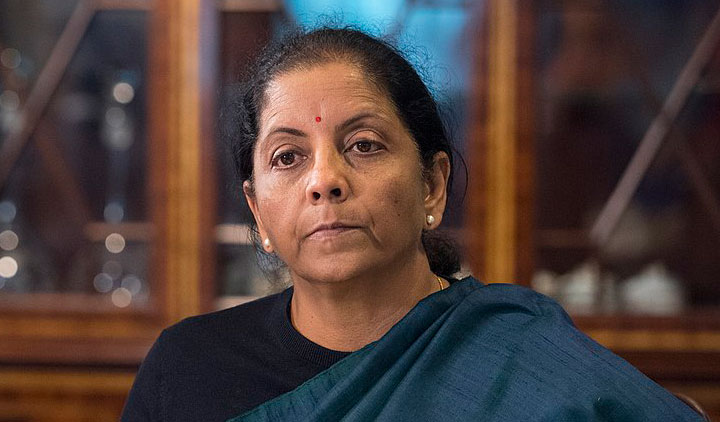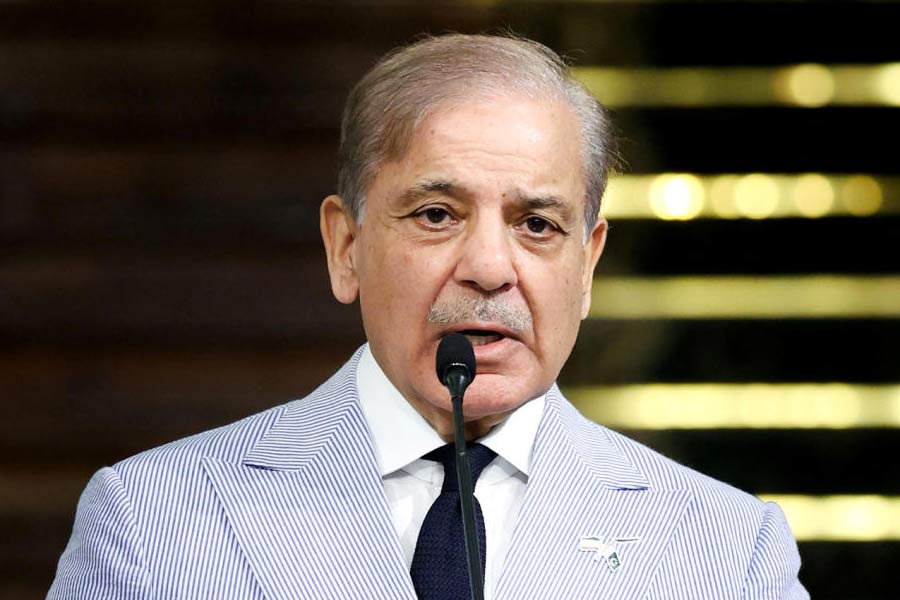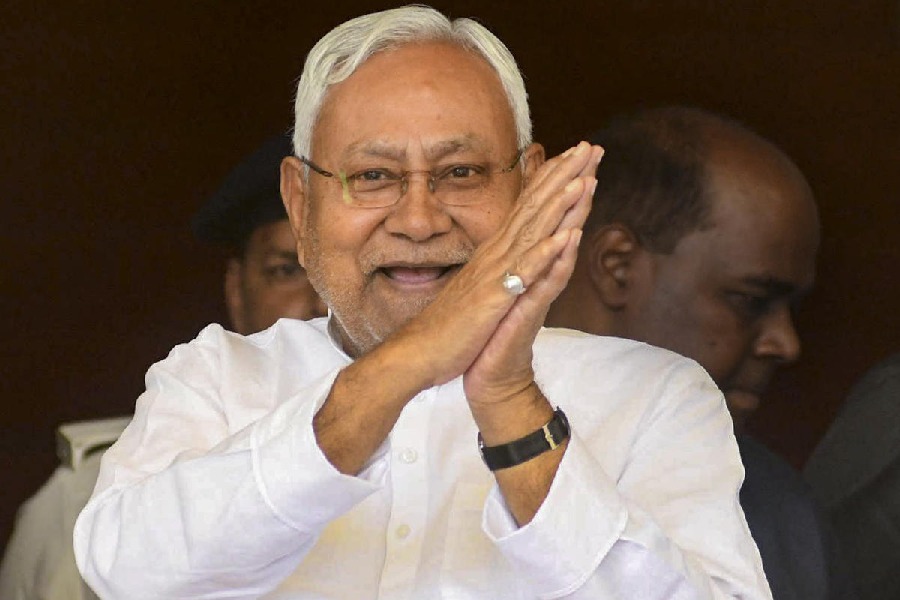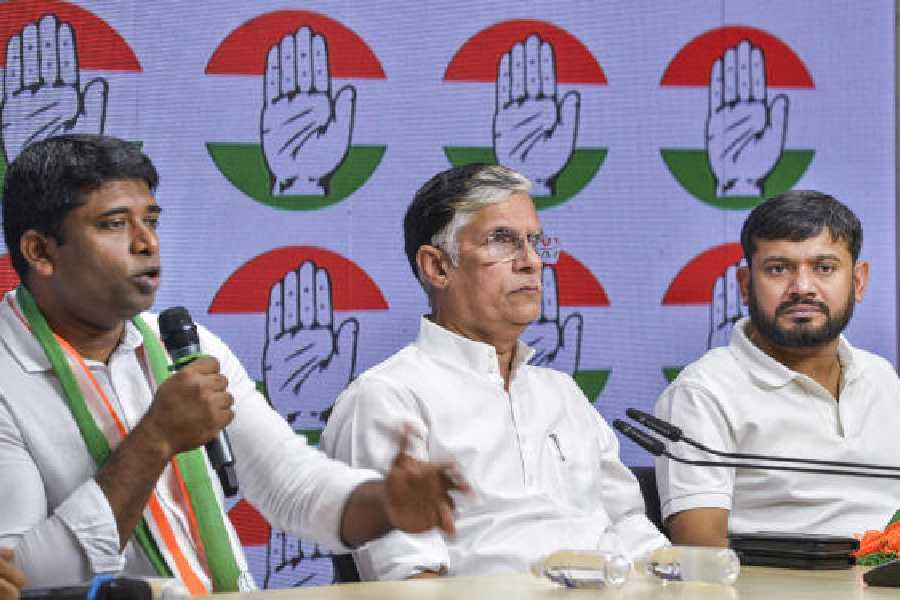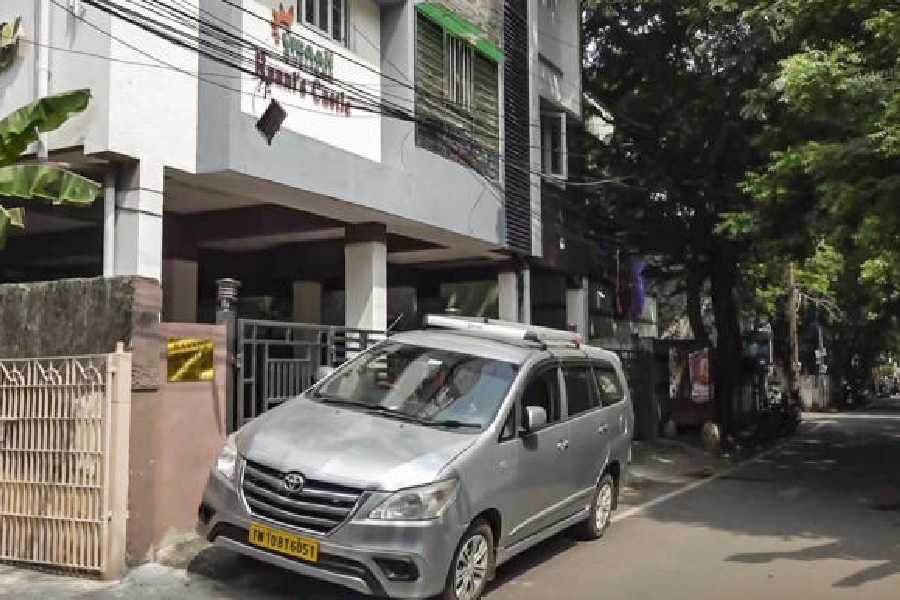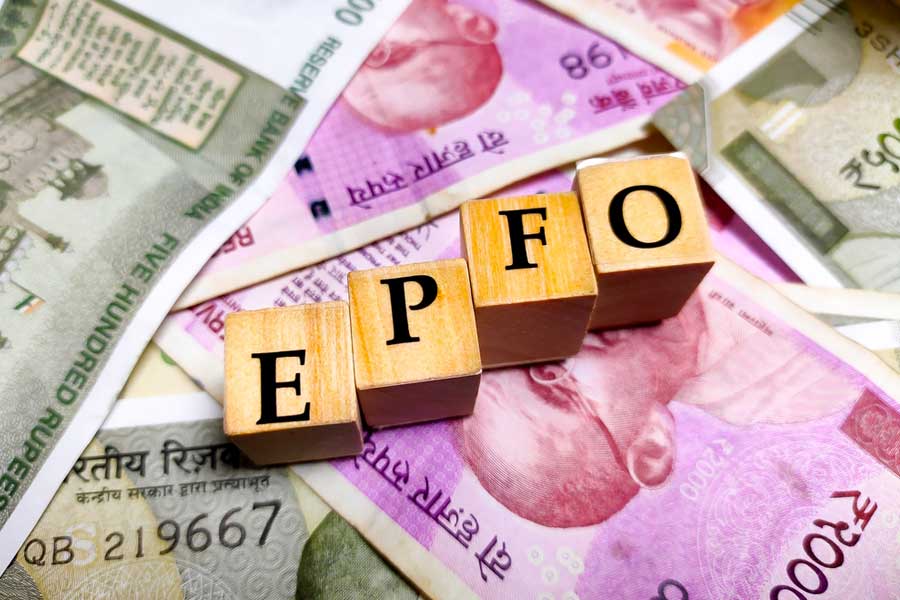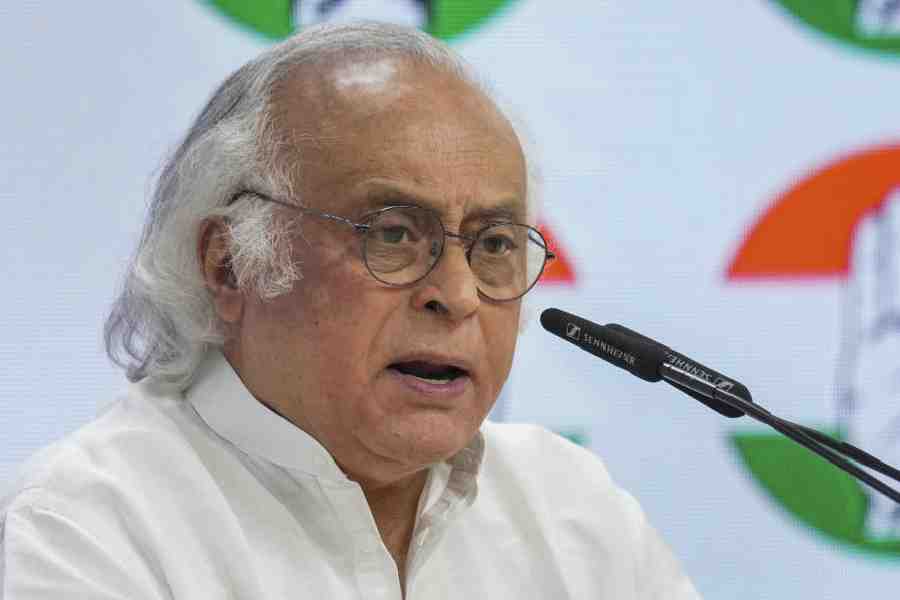Truth is one of the victims of competitive populism. This is because one of the main objectives of populism is to present the public with data that have been either sugar-coated or carefully pruned by the powers that be. It thus remains to be seen what Narendra Modi chooses to do with the facts dug up by the National Statistical Office that have been published in its Drinking Water, Sanitation, Hygiene and Housing Condition in India report. The survey, which was conducted between July and December in 2018, raises serious doubts about the prime minister’s claim on October 2 that rural India has achieved open-defecation-free status. The NSO data estimate that only 71.3 per cent of rural households had access to toilets in 2018. The corresponding figure for urban India was much better at 96.2 per cent. Some other official claims have come tumbling down like ninepins. Gujarat, Maharashtra and Rajasthan were among the states that had apparently achieved the coveted ODF status in official files even before the NSO began its scrutiny. Yet, the report shows that in Gujarat a quarter of all rural households were without a toilet; Rajasthan and Maharashtra clocked similar discrepancies at 34 per cent and 22 per cent, respectively. The pace of progress has also been rather tardy in some cases. In 2012, 75 per cent of rural dwellings in Uttar Pradesh and 81 per cent in Odisha did not have this basic facility. Six years later, the figures in these two states had dropped to half only.
A swachh Bharat has been one of Mr Modi’s principal targets. There is no doubt about the fact that rural sanitation has showed considerable improvement during Mr Modi’s reign. For example, in 2012, only 40.6 per cent of the rural population had a toilet. But it is now clear that this flagship enterprise is exhibiting characteristic imbalances. The gap in the figures of toilet facilities between rural and urban India reveals a disproportionate urgency to complete the scheme in cities. It is possible that poor literacy, lower awareness as well as stubborn habits may explain the slower pace of progress in India’s hinterlands. This only goes to show that simultaneous investments, in education, public campaigns and political will, hold the key to confronting substandard hygiene. The prime minister’s whimsical declaration is, the NSO data prove, not enough to rid India of refuse.

